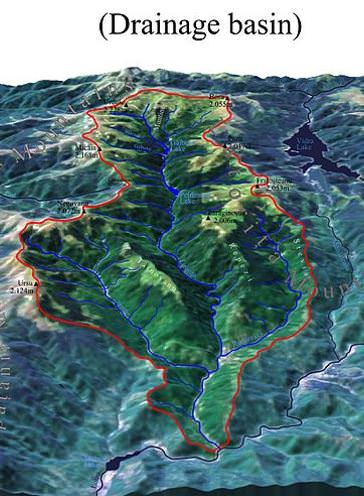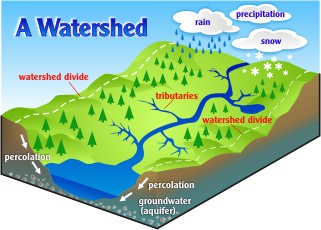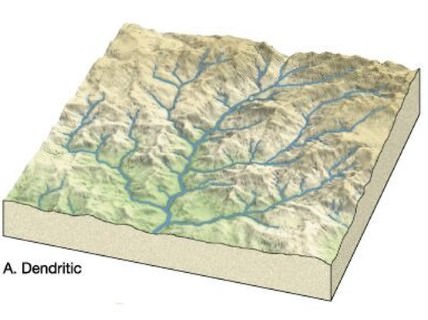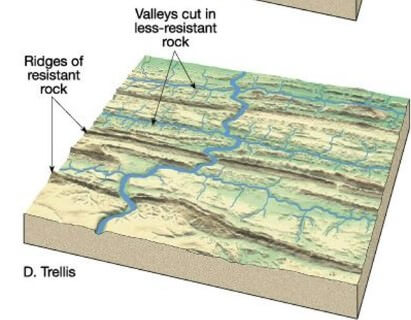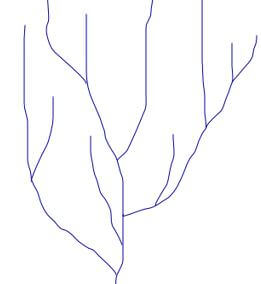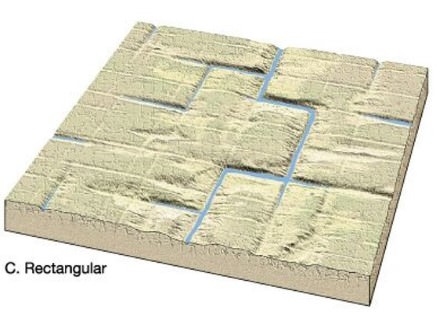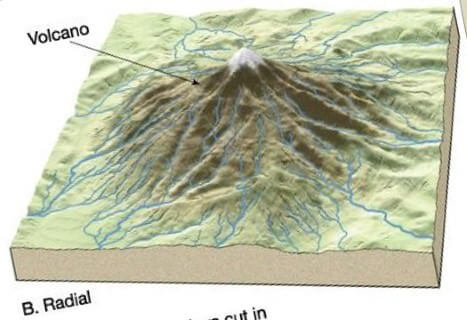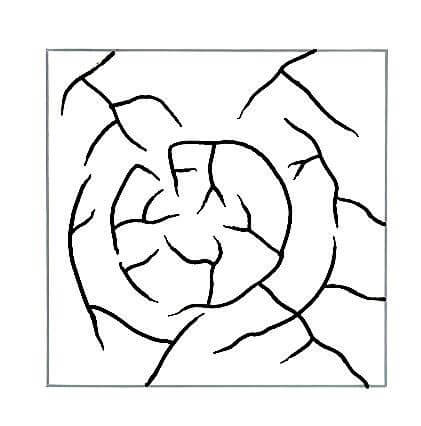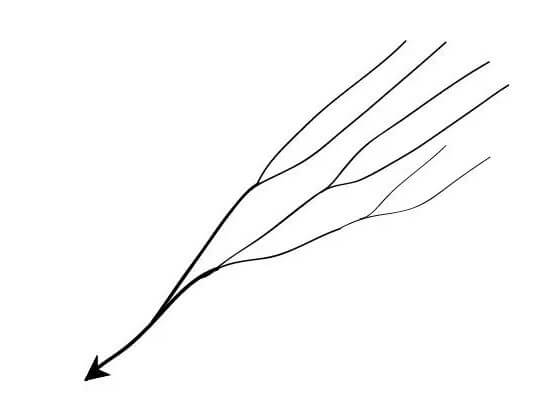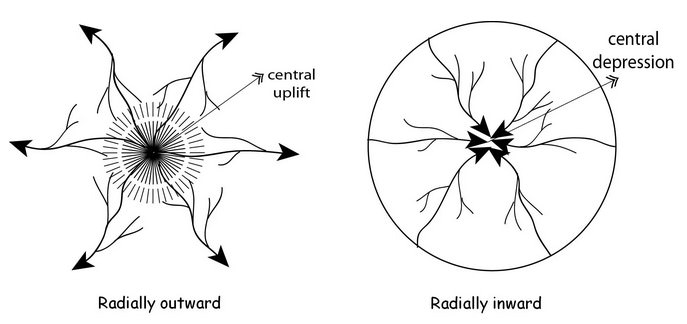Indus River System: Jhelum, Chenab, Ravi, Beas & Satluj
Table of Contents
Himalayan River Systems
- The Indus, the Ganga and the Brahmaputra comprise the Himalayan river systems.
- The Himalayan Rivers existed even before the formation of Himalayas i.e. before the collision of Indian Plate with the Eurasian plate. {Antecedent Drainage}
- They were flowing into the Tethys Sea. These rivers had their source in the now Tibetan region.
- The deep gorges of the Indus, the Satluj, the Brahmaputra etc. clearly indicate that these rivers are older than the Himalayas.
- They continued to flow throughout the building phase of the Himalayas; their banks rising steeply while the beds went lower and lower due to vertical erosion (Vertical down cutting was significant and was occurring at a rate faster than the rising of Himalayas), thus cutting deep gorges.
- Thus, many of the Himalayan Rivers are typical examples of antecedent drainage.
Indus River System
| Sindhu | Sanskrit | |
| Sinthos | Greek | |
| Sindus | Latin | |
Major Rivers of Indus River System | Source | Length |
| Indus | Glaciers of Kailas Range (Close to Manasarovar Lake) | 2880 km total.
710 km in India
|
| Jhelum | Verinag | 720 km |
| Chenab | Bara Lacha Pass | 1180 km |
| Ravi | Near Rohtang Pass | 725 km |
| Beas | Near Rohtang Pass | 460 km |
| Satluj | Manasarovar-Rakas Lakes
List of important passes given in previous posts
| 1450 km total
1050 km in India
|
Indus River
- India got her name from Indus.
- ‘The Indus Valley Civilization’ was born around this river.
- It flows in north-west direction from its source (Glaciers of Kailas Range – Kailash range in Tibet near Lake Manasarovar) till the Nanga Parbhat Range.
- It’s length is about 2,900 km. Its total drainage area is about 1,165,000 square km [more than half of it lies in semiarid plains of Pakistan]. It is joined by Dhar River near Indo-China border.
- After entering J&K it flows between the Ladakh and the Zaskar Ranges. It flows through the regions of Ladakh, Baltistan and Gilgit.
- The gradient of the river in J&K is very gentle (about 30 cm per km).
- Average elevation at which the Indus flows through JK is about 4000 m above sea level.
- It is joined by the Zaskar River at Leh (these kind of points are important for prelims).
- Near Skardu, it is joined by the Shyok at an elevation of about 2,700 m.
- The Gilgit, Gartang, Dras, Shiger, Hunza are the other Himalayan tributaries of the Indus.
- It crosses the Himalayas (ends its mountainous journey) through a 5181 m deep gorge near Attock, lying north of the Nanga Parbat. It takes a sharp southerly bend here (syntaxial bend).
- Kabul river from Afghanistan joins Indus near Attock. Thereafter it flows through the Potwar plateau and crosses the Salt Range (South Eastern edge of Potwar Plateau).
- Some of the important tributaries below Attock include the Kurram, Toch and the Zhob-Gomal.
- Just above Mithankot, the Indus receives from Panjnad (Panchnad), the accumulated waters of the five eastern tributaries—the Jhelum, the Chenab, the Ravi, the Beas and the Satluj.
- The river empties into the Arabian Sea south of Karachi after forming a huge delta.
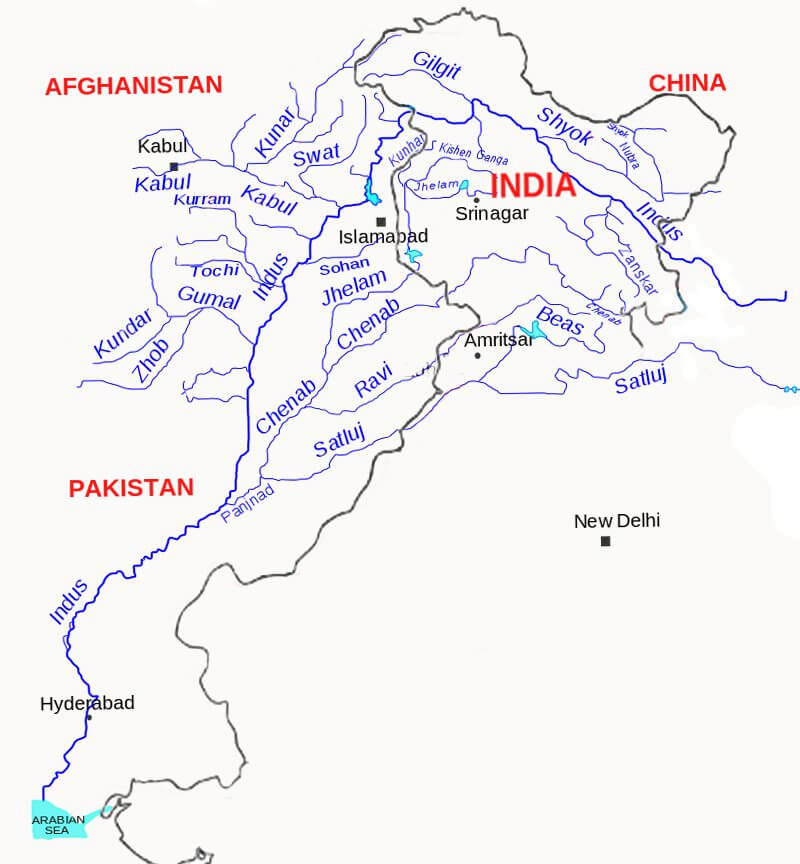
Major Tributaries of Indus River
Jhelum River
- The Jhelum has its source in a spring at Verinag in the south-eastern part of the Kashmir Valley.
- It flows northwards into Wular Lake (north-western part of Kashmir Valley). From Wular Lake, it changes its course southwards. At Baramulla the river enters a gorge in the hills.
- The river forms steep-sided narrow gorge through Pir Panjal Range below Baramula.
- At Muzaffarabad, the river takes a sharp hairpin bend southward.
- Thereafter, it forms the India-Pakistan boundary for 170 km and emerges at the Potwar Plateau near Mirpur.
- After flowing through the spurs of the Salt Range it debouches (emerge from a confined space into a wide, open area) on the plains near the city of Jhelum.
- It joins the Chenab at Trimmu.
- The river is navigable for about 160 km out of a total length of 724 km.
Chenab River
- The Chenab originates from near the Bara Lacha Pass in the Lahul-Spiti part of the Zaskar Range.
- Two small streams on opposite sides of the pass, namely Chandra and Bhaga, form its headwaters at an altitude of 4,900 m.
- The united stream Chandrabhaga flows in the north-west direction through the Pangi valley, parallel to the Pir Panjal range.
- Near Kistwar, it cuts a deep gorge.
- It enters the plain area near Akhnur in Jammu and Kashmir.
- From here it through the plains of Pakistani Punjab to reach Panchnad where it joins the Satluj after receiving the waters of Jhelum and Ravi rivers.
Ravi River
- The Ravi has its source in Kullu hills near the Rohtang Pass in Himachal Pradesh.
- It drains the area between the Pir Panjal and the Dhaola Dhar ranges.
- After crossing Chamba, it takes a south-westerly turn and cuts a deep gorge in the Dhaola Dhar range.
- It enters Punjab Plains near Madhopur and later enters Pakistan below Amritsar.
- It debouches into the Chenab a little above Rangpur in Pakistani Punjab.
Beas River
- The Beas originates near the Rohtang Pass, at a height of 4,062 m above sea level, on the southern end of the Pir Panjal Range, close to the source of the Ravi.
- It crosses the Dhaola Dhar range and it takes a south-westerly direction and meets the Satluj river at Harike in Punjab.
- It is a comparatively small river which is only 460 km long but lies entirely within the Indian territory.
Satluj River
- The Satluj rises from the Manasarovar-Rakas Lakes in western Tibet at a height of 4,570 m within 80 km of the source of the Indus.
- Like the Indus, it takes a north-westerly course upto the Shipki La on the Tibet-Himachal Pradesh boundary.
- It cuts deep gorges where it pierces the Great Himalaya and the other Himalayan ranges.
- Before entering the Punjab plain, it cuts a gorge in Naina Devi Dhar, where the famous Bhakra dam has been constructed.
- After entering the plain at Rupnagar (Ropar), it turns westwards and is joined by the Beas at Harike.
- From near Ferozepur to Fazilka it forms the boundary between India and Pakistan for nearly 120 km.
- During its onward journey it receives the collective drainage of the Ravi, Chenab and Jhelum rivers. It joins the Indus a few kilometres above Mithankot.
- Out of its total length of 1,450 km, it flows for 1,050 km in Indian territory.
Indus water treaty
- The waters of the Indus river system are shared by India and Pakistan according to the Indus Water Treaty signed between the two countries on 19th September, 1960.
- According to this treaty, India can utilize only 20 per cent of its total discharge of water
.
